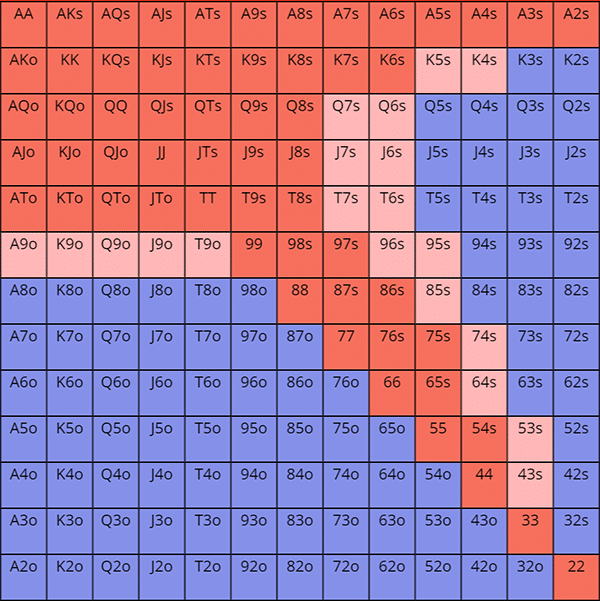How To Calculate Pot Odds

Pot Odds: 2:1 ($200:$100) Card Odds: 4.1:1 (Look at the chart) Card Odds Pot Odds. Here, the card odds are greater than the pot odds. Although you might hit a flush on the river, calling here won’t be profitable in the long run. So, it will be wise to fold here. Calculating Pot Odds. Use my free pot odds & implied odds tool today: video was created by for htt.
Explanation and Calculating Pot Odds
When first learning the game of poker, it is in the best interest of a player to study and learn as many different basic strategies as possible. Strategies such as starting hands, position, betting, poker outs and pot odds are the first strategies a player should learn, as it will save them the most money and help put a buffer on their learning curve. Out of all of these strategies, pot odds will be one of the most important tools a player will learn how to use. And the reasoning for this is, is because this tool can be combined with the knowledge of counting outs and expected value so that a player can make an educated play that is based on the likelihood of them catching one of their outs verses how much they will pay to try and do so. So, what are pot odds? Well, in a nutshell pot odds is the amount of money that is currently in the pot in comparison to how much a player will have to pay to potentially win that pot. To put this into perspective, a few different examples have been provided below.
Examples of Calculating Pot Odds For this example Player A, Player B, Player C, and Player D have all just been dealt cards in a $100/$200 Texas Hold’em ring game with Player A on the small blind. Pot odds can be expressed simply in ratios, as decimals and as percentages. The example below will show you how to calculate odds as a ration, decimal and percentage simply. Here’s an example: Suppose the pot is $90 the value of the call is $10. To calculate the pot odds, express the pot value and the call value as a ratio i.e. Using The 'Outs' To Calculate Texas Hold'em Poker Odds We have already determined that you have nine 'outs'. Now there are 52 cards in a deck and two of those are in your hand, leaving 50.
Examples of Calculating Pot Odds
For this example Player A, Player B, Player C, and Player D have all just been dealt cards in a $100/$200 Texas Hold’em ring game with Player A on the small blind and Player B on the big blind. Player C decides to fold, Player D limps in for $200, Player A calls for $100 more and Player B checks his option. There is a total of $600 in the pot and 3 players are going to see a flop. After seeing the flop Player A and Player B both decide to check their hands. Player C thinks for a moment and decides to put in a minimum bet of $200. Now, this is where most players will need to use the knowledge of pot odds. There is a total of $800 in the pot, $600 from pre-flop and the $200 from Player C and now Player A needs to decide if to make the call or not. What are the pot odds offering him? As we said above, pot odds are the money in the pot in comparison to what it takes to win the pot. So in this case, the pot odds look like this:
How To Calculate Pot Odds Quickly
- $800 in the pot to $200 to call
To make things easier, it is much better to simplify the odds. So this would actually be simplified to 4 to 1. After calculating the pot odds, Player A decides to make the call. Now there is $1,000 in the pot and it is Player B’s turn to call. What are his odds?
Pot Odds Example
- $1,000 in the pot to $200 to call
Pot Odds Formula
And again, this is better simplified which would equal 5 to 1.